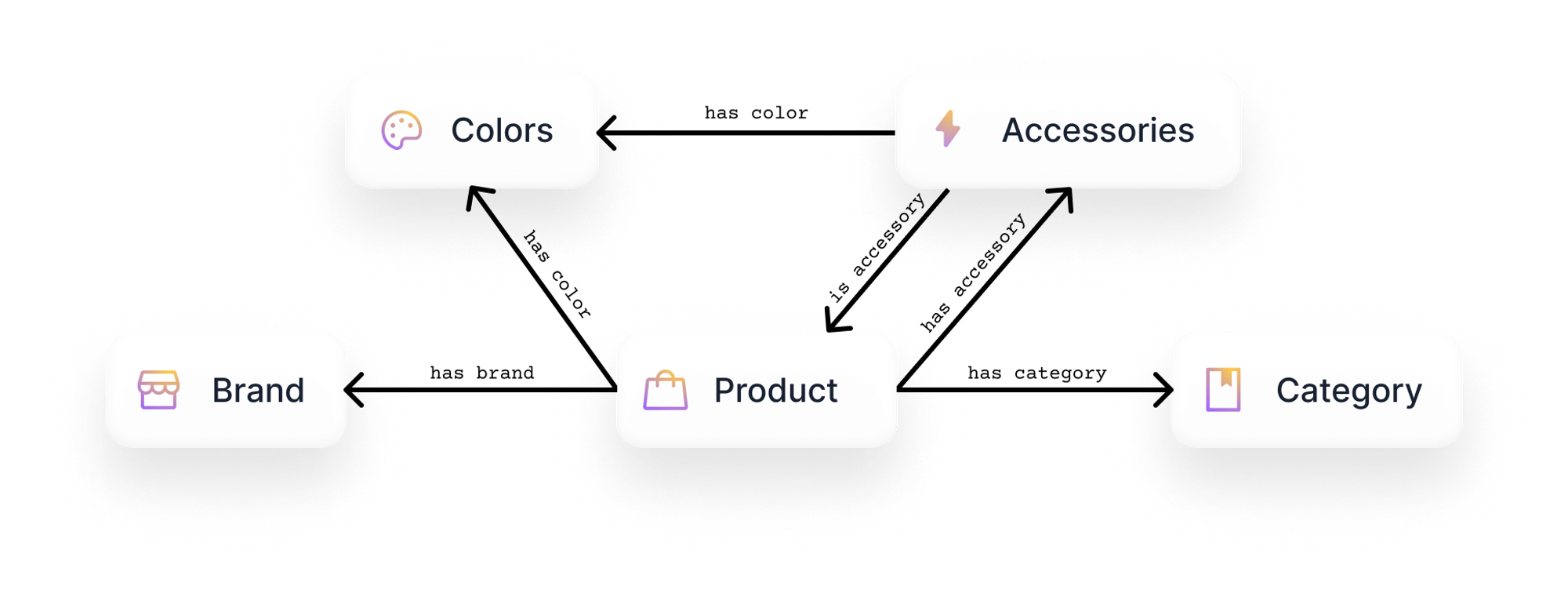Here’s a broad overview of how the Lettria platform is organised.
Projects
A project in Lettria lets you manage a specific NLP use-case end to end. Every unique use-case requires a unique project. Every project has a unique API key that allows you to build solutions with that project.
For example, to process phone call transcripts from a specific business unit of your company that has a unique vocabulary, you will require a separate project. This way, you can build a solution that’s uniquely suited to one use-case.
Read more about Projects here.
Datasets
A dataset is a collection of your data. It will enable you to explore, organize and analyze your data. It composed of assets and their metadata.
For example, in order to build a solution to analyse hotel reviews, you’ll need to upload a dataset of hotel reviews to be able to annotate the data or build patterns.
Read more about Datasets here.
Groups
A group is a collection of users working together on one or more projects. You can use groups to share projects, annotation campaigns, dictionaries, patterns, datasets and ontologies with colleagues or collaborators. You can provide members with different permissions depending on their role in your project(s).
For example, you can create a Group with your teammates or colleagues with whom you are working together on building an NLP solution.
In the Group, you can give members from a business department SuperAnnotator privileges, while giving members from the data department SuperUser privileges.
Read more about Groups here.
Important to know:
- Groups can consist of one or more shared element(s).
- Projects can include one or more dataset(s).
Annotation Campaigns
Annotation is where you can connect important parts of writing (specific words, phrases, or sentences) with one or more pre-defined labels, in order to teach the system what they mean.
For example, to analyze reviews for your product, you can label certain words or phrases (which might be unique to your company, brand or product) with the feature(s) they represent, so that when analyzing future reviews the system can identify those features on coming across those words.
This process needs to be done manually on a dataset to train the solution to improve its accuracy and effectiveness.
Read more about Annotation here.
Dictionaries
A dictionary is a list of words that need to be identified in data. They may have something in common.
For example:
- A list of possible diseases to be identified by a hospital in its data can be made into a dictionary.
- A list of prohibited or restricted words to identify, in order to display a warning.
Dictionaries can be attached to projects, or shared in groups.
Read more about Dictionaries here.
Ontologies
An ontology is like a map for knowledge or ideas in a certain subject or topic.
Building an maintaining an ontology helps the system understand the connections and relationships between different concepts, and improve the accuracy of your text processing solution, and helps ensure that everyone is using the same words and ideas in the same way.

For example, you can build an ontology of all of your company’s products. This can include attributes like colours, brands, or categories, as well as relationships like “is an accessory of” or “has accessory”.
You can then use this information to enhance the e-commerce search experience, and show relevant products next to each other.
An ontology can be attached to a project, or shared in a group.
Read more about Ontologies here.
Patterns
A pattern is a set of instructions that helps find certain groups of words or phrases in a text. It's used to extract information such as details or connections between the words or phrases it identifies. It's essentially like a blueprint for finding specific information in a text.
A pattern can be attached to a project or shared in a group.
Read more about Patterns here.
If you need more help, please reach out to us at hello@lettria.com
